Hold onto your hats, kids, because Deep Purple's "Come Taste the Band" ain't your daddy's hard rock record. This ain't no "Smoke on the Water" redux, no sirree. This is 1975, the year punk rock was spitting in the face of bloated stadium acts, and Deep Purple was in a state of flux, a band trying to reinvent itself amidst a whirlwind of lineup changes and shifting musical tides.
This French pressing of "Come Taste the Band," with its SACEM stamp and gatefold glory, is a sonic snapshot of a band on the edge. Guitarist Ritchie Blackmore, the riff-meister behind Purple's iconic sound, had split, replaced by the young American hotshot Tommy Bolin. Bolin, a fusion-inspired player with a taste for funk and soul, injected a new flavor into Purple's sound, a shot of adrenaline straight to the heart of their blues-based hard rock.
The result is an album that's as divisive as it is fascinating. It's a testament to the band's willingness to experiment and evolve, even at the risk of alienating some of their fanbase. "Come Taste the Band" is a musical gumbo, a heady brew of funk-infused rockers, soulful ballads, and prog-tinged epics. It's a far cry from the swaggering hard rock of Purple's heyday, but it's also a bold, adventurous album that refuses to play it safe.
The album opens with the title track, a swaggering funk-rock anthem that showcases Bolin's fiery guitar work and Glenn Hughes' soulful vocals. "Gettin' Tighter" is a sprawling, 10-minute epic that blends hard rock, funk, and jazz into a sonic tapestry that's both exhilarating and exhausting. "Dealer" is a gritty, blues-soaked rocker that wouldn't sound out of place on a Rolling Stones album, while "Love Child" is a tender ballad that showcases Coverdale's emotive vocals.
"Come Taste the Band" is notable for several reasons. It marks the only studio album with the Mark IV lineup, featuring Tommy Bolin on guitar. It also highlights the increasing influence of Glenn Hughes and David Coverdale in the songwriting process. These factors contributed to the album's unique sound, a departure from the band's earlier work.
But "Come Taste the Band" isn't without its flaws. The production, helmed by Martin Birch at Musicland Studios in Munich, is muddy and lacks the punch of Purple's earlier albums. Bolin's guitar work, while impressive, sometimes feels out of place in the context of Purple's sound. And the album's eclectic mix of styles, while adventurous, can feel disjointed and uneven.
Despite its flaws and the mixed critical reception upon release, "Come Taste the Band" has gained a cult following over the years. It's now recognized as a unique and experimental chapter in Deep Purple's extensive catalog, showcasing the band's versatility and willingness to take risks.

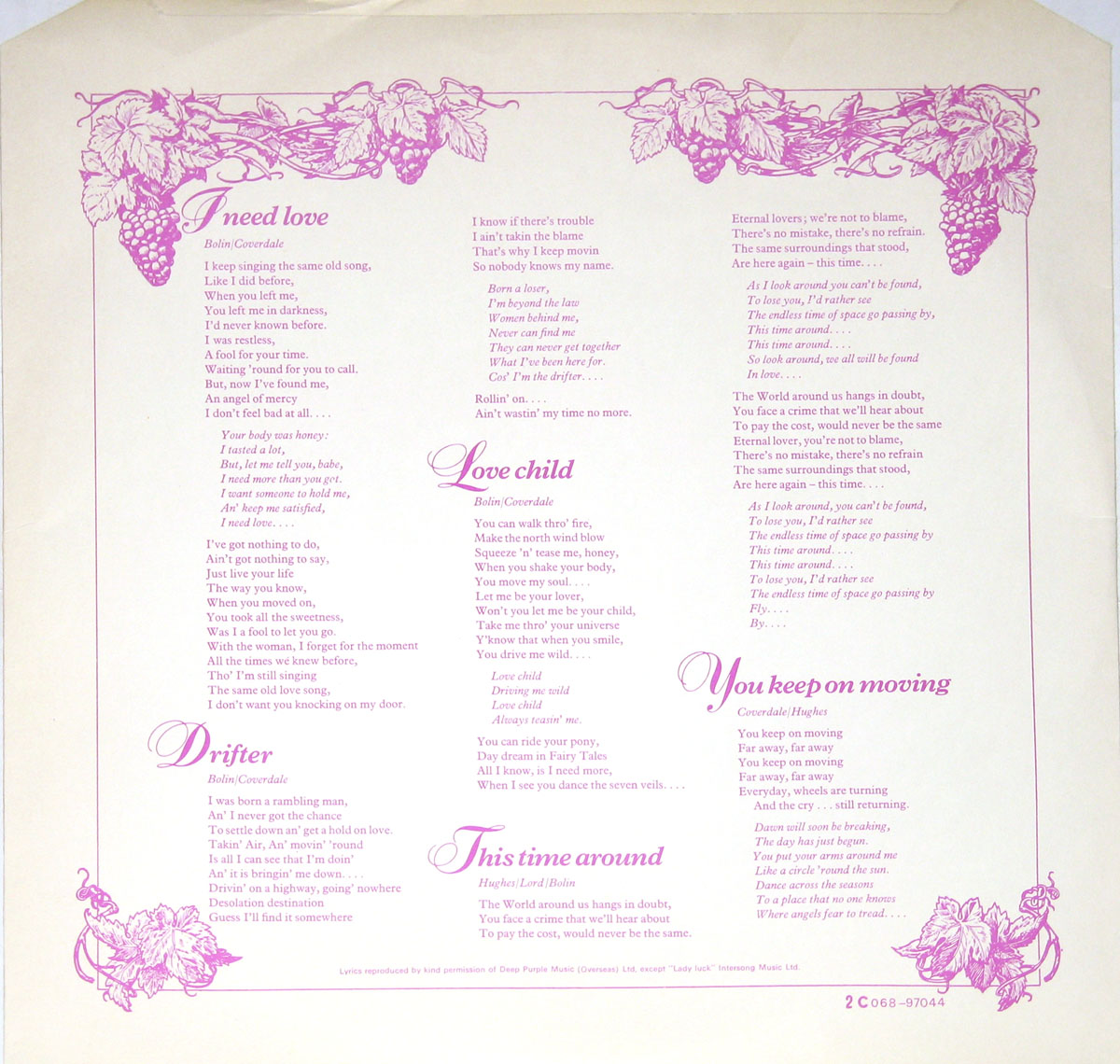
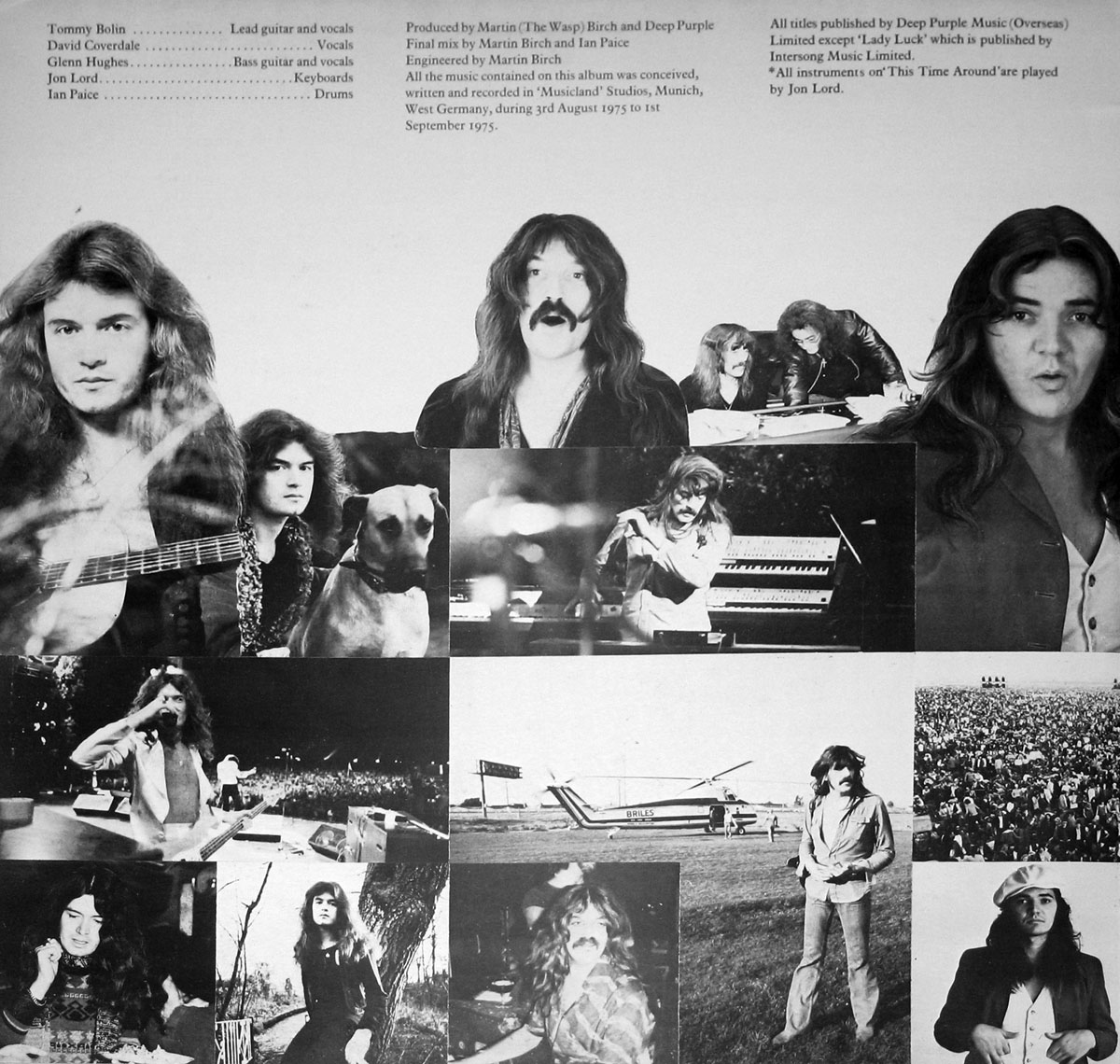
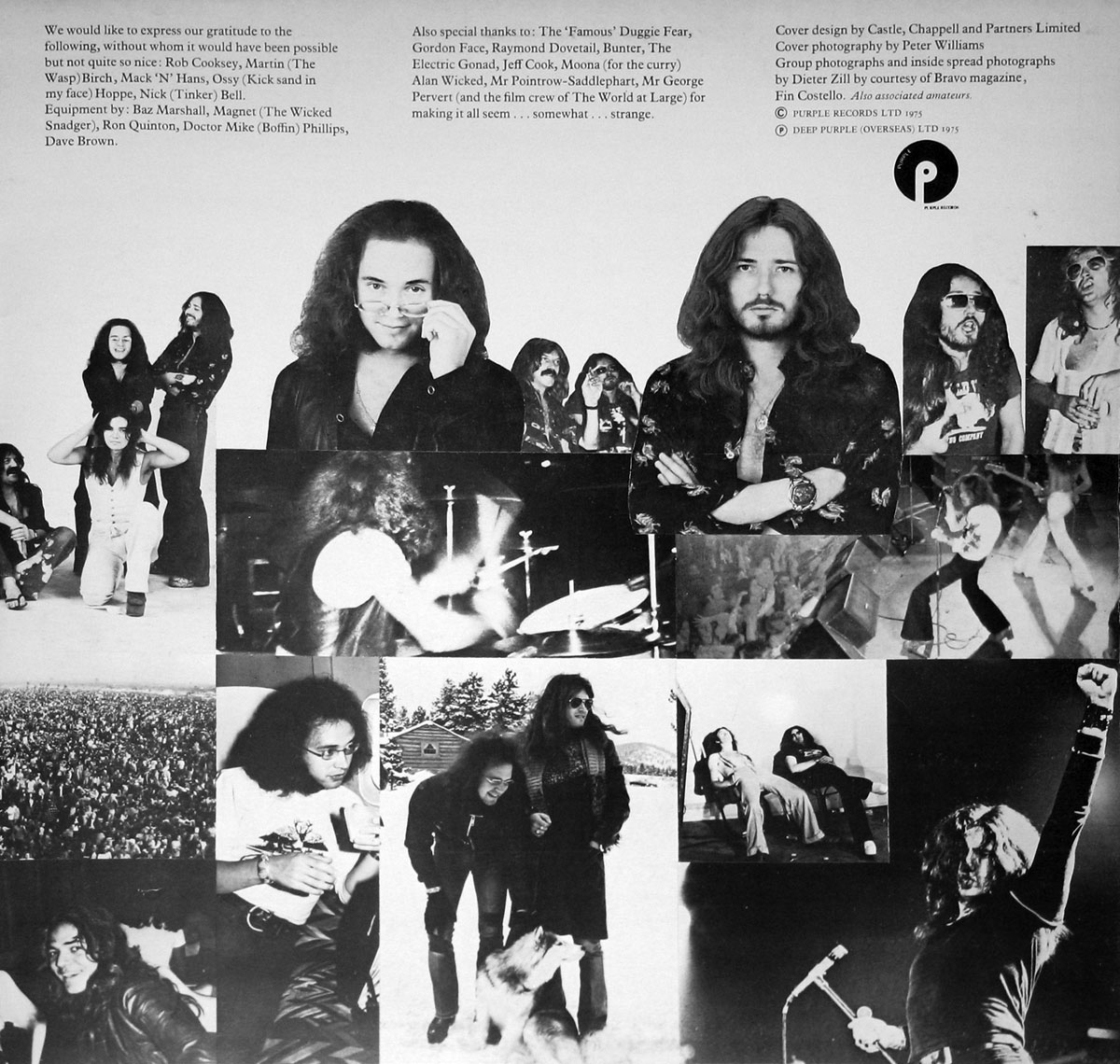






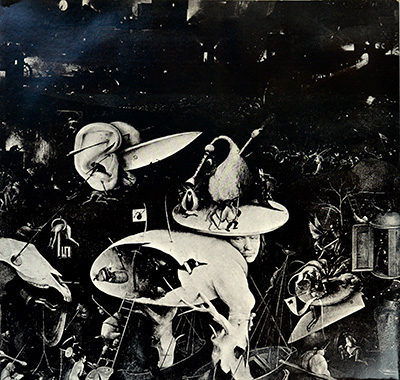
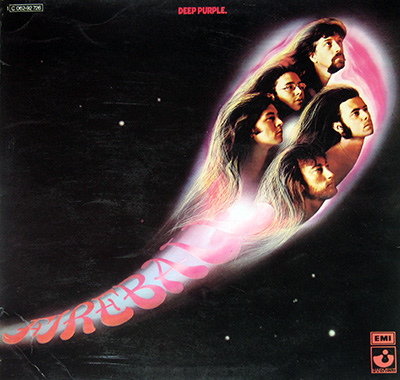

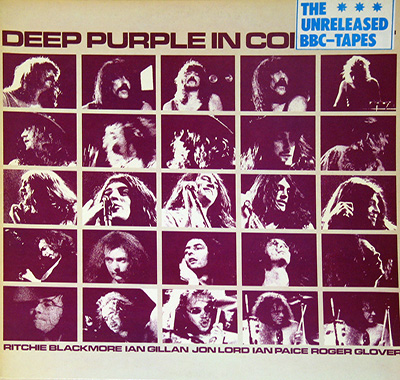








.jpg)






